Benign formations of the nasal cavity, pharynx, larynx

specialists

equipment

treatment

The main symptoms of formations in the ENT organs
- Difficulty swallowing
- Speech and breathing problems
- Headache that often radiates to the neck
- Unreasonable shortness of breath
- Frequent nosebleeds
- Bad breath
- Feeling of a foreign body in the nasopharynx
General information about the treatment
of benign formations of the ENT organs
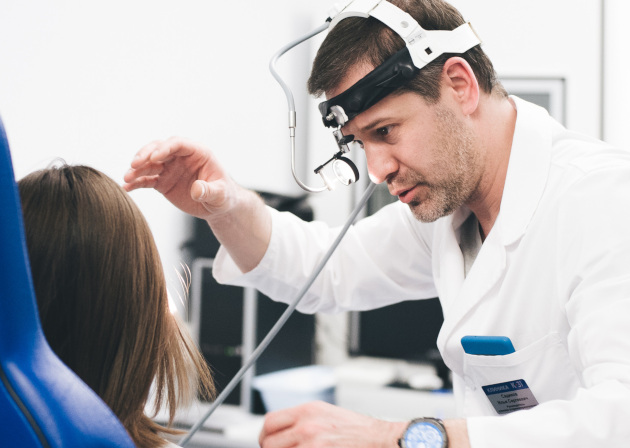
How is an appointment with an otolaryngologist at K+31?
Our doctors

This award is given to clinics with the highest ratings according to user ratings, a large number of requests from this site, and in the absence of critical violations.

This award is given to clinics with the highest ratings according to user ratings. It means that the place is known, loved, and definitely worth visiting.

The ProDoctors portal collected 500 thousand reviews, compiled a rating of doctors based on them and awarded the best. We are proud that our doctors are among those awarded.
Make an appointment at a convenient time on the nearest date
Price





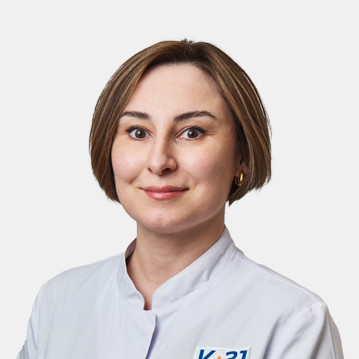




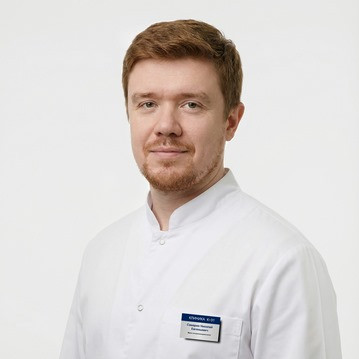
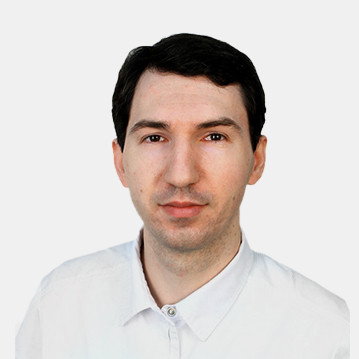

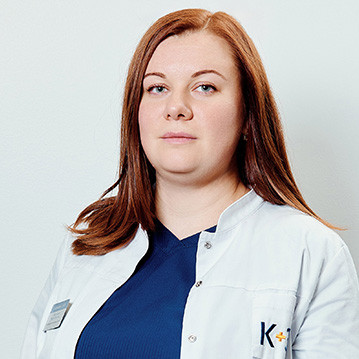
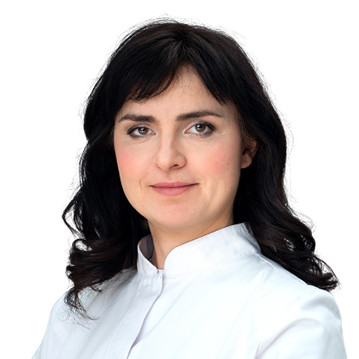

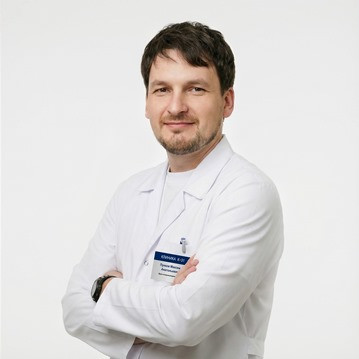
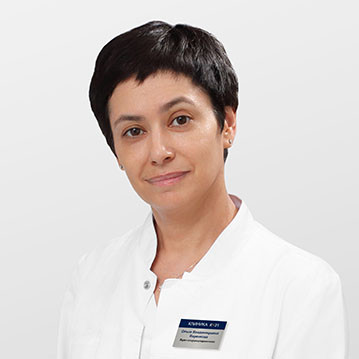

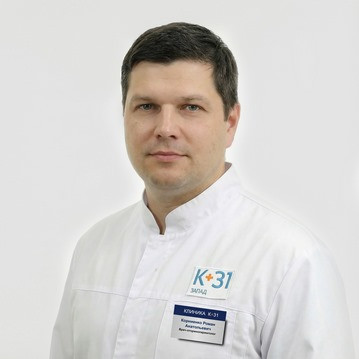
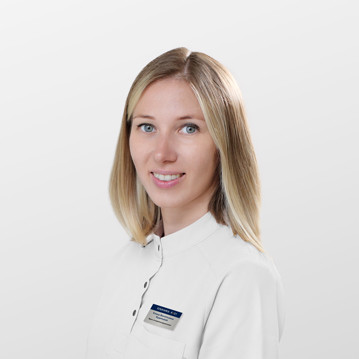
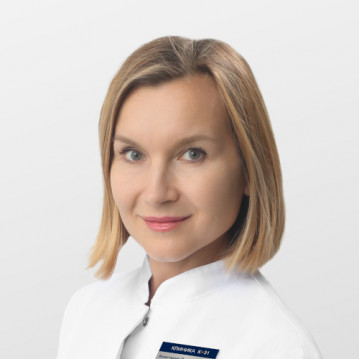



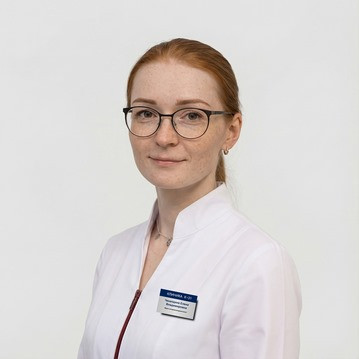

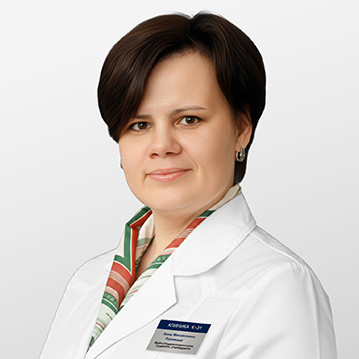

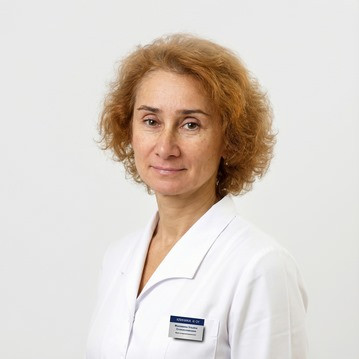







Symptoms
Benign formations of the nasopharynx (ENT organs) are often diagnosed - about 2-3% of the total number of cases. Most often, neoplasms that do not metastasize and do not recur after removal are localized in the larynx. They differ in histological structure. Less commonly diagnosed are benign formations in the nose and sinuses - fibromas, neuromas, angiomas. Sometimes mucosal polyps are classified as neoplasms. But they do not have the structure characteristic of tumors.
Benign tumors of the ENT organs grow more slowly compared to malignant tumors. But as the formation increases, it affects and injures nearby tissues and mucous membranes. If a benign tumor is ignored, the risk of its degeneration into cancer increases over time.
In most cases, patients consult a doctor with advanced forms of the disease, which are accompanied by more serious concomitant symptoms - elevated body temperature, weight loss, and apathy. Often they indicate that a benign formation has passed into a malignant stage of development.